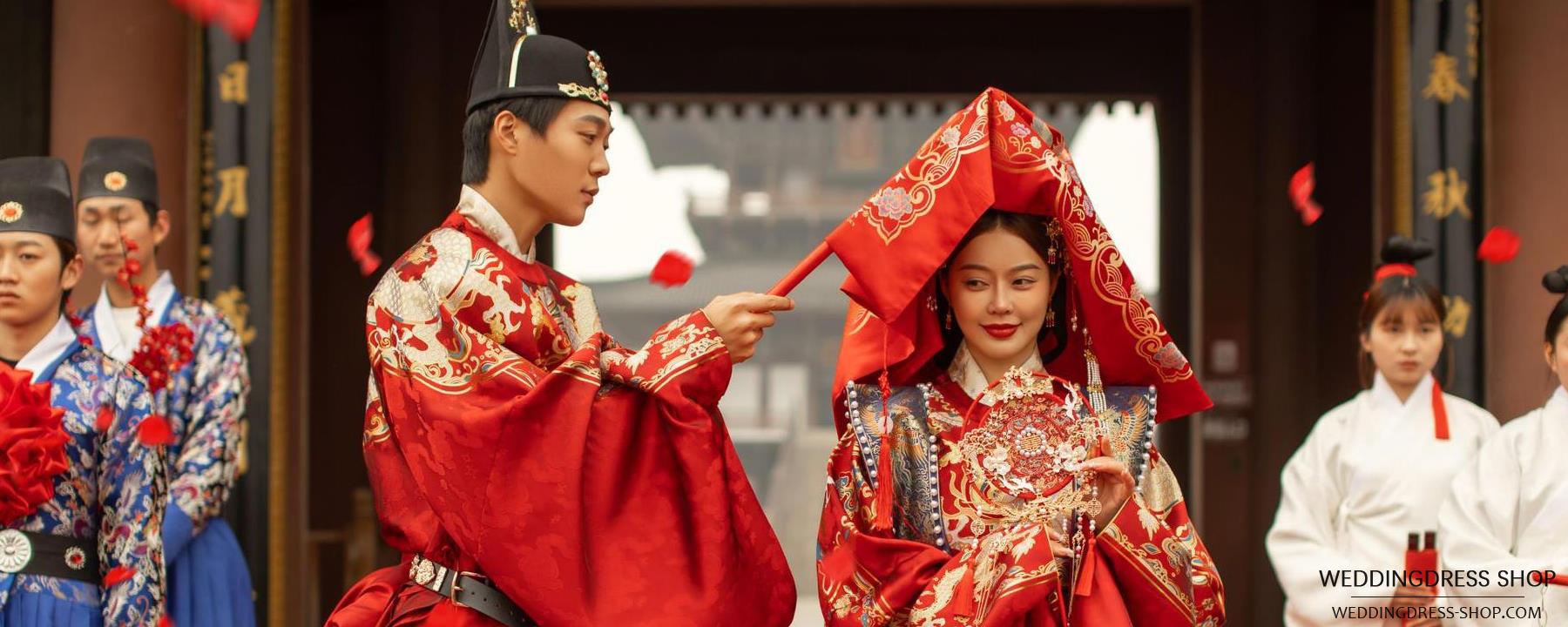The meaning of 'Three Books and Six Rites' is that only after completing the process of' Three Books and Six Rites' can the marriage be recognized as' Mingxiangzheng '. The Three Books and Six Rites are the customs and rituals of Han marriage in ancient times. The "Three Books" refer to the documents used in the process of the "Six Rites", namely the betrothal letter, the ceremonial letter, and the welcoming letter. The "Six Rites" refer to the entire process of marriage from proposal to completion, including accepting gifts, asking for names, receiving blessings, accepting gifts, requesting dates, and welcoming relatives. Mingxiangzheng Marriage is a formal and public ceremony for marriage, following the orders of parents and the words of the matchmaker.

1、 The specific content of the Three Books, Six Rites, Clear Matchmaking and Legitimate Marriage
The ancient marriage process is different from modern times. The modern marriage process generally refers to the ceremony held on the day of the wedding, and the Three Books and Six Rites include all the documents and etiquette from marriage negotiation, engagement to marriage. The entire marriage process needs to be notified to relatives and neighbors in order to obtain social recognition and protection.
In some ancient times, marriage was not recognized as a legitimate marriage unless men and women completed the process of the Three Books and Six Rites; The completeness of the wedding ceremony directly affects the auspiciousness of marriage.
2、 What do the Three Books and Six Rites refer to
1. Three books
Appointment letter: a document of engagement. When a man and a woman enter into a marriage contract in Najib, a letter is handed over from the man's family to the woman's family.
Book of Rites: A document used during a grand ceremony, listing the items and quantities of the ceremony.
Welcome letter: a document for marrying the bride. It is a document given by the man to the woman when welcoming her through the door.
2. Six Rites
Na Cai: The groom's family invites a matchmaker to propose to the bride's family. After the bride's family agrees, the groom's family prepares gifts to propose.
Name: The man's family asks a matchmaker to ask for the woman's surname and birthdate, as intermarriage is not allowed in families with the same surname.
Najib: After the man retrieves the woman's name and birthdate, he practices divination at the ancestral temple. After the auspicious omen was announced, the bride's family was notified and it was decided to enter into marriage.
Nazheng: The male party sends a double number of women to present gift letters to the female party's family, and the female party entertains these "blessed individuals" and gives them gifts in return.
Request: The groom's family chooses a wedding date and prepares gifts to inform the bride's family, seeking their consent.
Qinying: The etiquette of a man marrying a woman to his home. After the welcoming ceremony is over, the six rituals are considered complete.